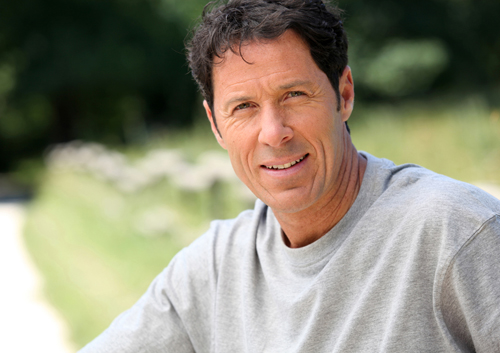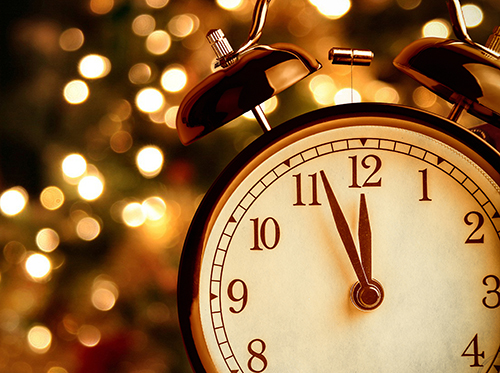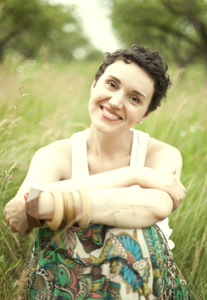January 5th, 2018

Drs. Carlisle and Fabre and our team at William J Carlisle III and Associates understand that many of our patients have a fear of dentistry. You may be concerned about experiencing pain from sensitive teeth or routine procedures. General anxiety is also common. Do not put off visiting our Marrero office; we offer various types of sedation to take the pain and fear out of your dental procedure.
Nitrous Oxide Sedation
For many patients, nitrous oxide, combined with local anesthetics, will both provide pain relief and reduce anxiety. Nitrous oxide is beneficial because the dosage can be regulated during treatment and patients are normally capable of driving shortly after the procedure is completed.
Oral or Injected Sedation
With oral sedation, you may be given a pill or liquid to consume several hours before your procedure. You will not be able to drive yourself to the appointment. An oral liquid is often given to children before any shots or intravenous anesthesia. An intramuscular injection may be given at the office that provides relaxation benefits for 20 to 30 minutes.
Nitrous Oxide with an Oral Sedative
If you experience higher levels of anxiety, an oral or injected sedative can be offered before nitrous oxide is started. This is also effective for reducing anxiety regarding the injection of local anesthetics. A liquid medication followed by nitrous oxide is beneficial for children. This combination can produce a deep sedation level.
General Anesthesia
This type of anesthesia can be offered as an inhaled gas or intravenous liquid. If no oral sedative is given before the general anesthesia is administered, you should wake up quickly after your procedure is complete. An injection, pill, or liquid medication can be offered to reduce anxiety before intravenous sedation begins. Intravenous sedation can also be used at moderate-to-deep sedation levels without complete loss of consciousness.
Do not hesitate to ask Drs. Carlisle and Fabre about receiving sedation or pain prevention when you visit. We will be glad to explain the options we have available and answer all your questions to ensure that your exam is pleasant for you.
December 28th, 2017

We’ve been celebrating the new year for a really, really long time. It goes way back, but it started formally in 1582, when Pope George XIII made January 1st the official holiday for ushering in the new year. The idea was to yell, cheer, and blow horns to scare away all the evil spirits of the previous year with the hope that the new one would be filled with happiness and opportunity.
While scaring away evil spirits isn’t what’s on our mind these days, we still ring in the New Year by cheering and hollering with friends and family. It’s a time to set new goals, refocus on old ones, and look forward to all the surprises the coming year will bring.
Whether you’re saying hello to the New Year snuggled up at home on your couch in the Marrero area or by gathering your friends for a social celebration, here are some tips to help ensure you welcome this new chapter with a smile.
Tips for a great New Year’s Eve celebration from William J Carlisle III and Associates
- Stay safe. This one’s vital, because nothing puts a damper on your party like an emergency trip to the hospital. Stay responsible and try to plan ahead, whether that means taking a taxi, staying with a friend, or recruiting a designated driver. Do what you have to do to keep yourself and everyone around you safe.
- Spend time with the people you love most. The way we see it, the whole point of the holiday season is to cherish your family and friends. Regardless of what you’re doing, make sure there’s something for everyone. It’s essential to do something the whole group will enjoy!
- Smile! Whether you get all dressed to go out or have a quiet gathering with family and friends, make sure you accessorize with a smile. There’s always something to smile about!
We can all agree that change can be scary sometimes, but ringing in the New Year is an observance we all welcome with open arms. We hope you’ll enjoy this transitional holiday in a fun, healthy, and safe way. You have endless possibilities ahead of you!
From Drs. Carlisle and Fabre, have a fantastic New Year!
December 21st, 2017

The average adult has 32 teeth, a combination of molars, canines, and incisors. By middle age, however, most adults are missing at least one tooth due to an injury, decay, or gum disease. Though many people choose to forgo tooth replacement, Drs. Carlisle and Fabre and our team at William J Carlisle III and Associates will tell you that every tooth is important. Each plays a vital role in the structure of the mouth and in relationship to the remaining teeth. Leaving the space where a tooth once stood can have serious consequences. There are many reasons why severely decayed or missing teeth should be replaced as quickly as possible.
- Speech: A missing tooth can negatively affect the way you speak, depending on its location.
- Bite changes: The loss of one or more teeth can cause the redistribution of bite pressure onto other teeth. Over time, this can cause the teeth to shift and move into the space the tooth once held.
- Gum disease: Shifting teeth can make it easier for plaque to accumulate in hard-to-reach places. This can increase the risk of gum disease, which can lead to additional tooth loss.
- Bone loss: The teeth are place-holders in the jaw. When one falls out and is not replaced, the bone that once surrounded it begins to deteriorate and wear down.
- Aesthetics: A missing tooth leaves a visible gap between the teeth and can be a source of embarrassment and insecurity.
Advancements in modern dentistry have made it easy to replace missing teeth using natural-looking and functioning prosthetics. Dental implants are permanent solutions for replacing missing teeth with the use of special rods that are anchored in the jaw bone. These implants serve as artificial tooth roots that fuse with the jaw over time. When cared for properly, most dental implants can be fitted to last a lifetime.
To learn more about dental implants, or to schedule an appointment with Drs. Carlisle and Fabre, please give us a call at our convenient Marrero office!
December 14th, 2017

When you have dental issues or just need routine care, you may try to put off making an appointment at William J Carlisle III and Associates. Common reasons for procrastination are not having the time or fear of pain. Avoiding Drs. Carlisle and Fabre is not a good idea, though. Putting off dental care can turn small problems into large ones. Short appointments turn into long ones with significantly more work and expense.
What happens when you wait?
The small cavity that could have been filled easily has turned into a large cavity. The larger the cavity, the more work required to fill it. However, this is only a minor problem compared to more advanced issues. The minor toothache you are trying to ignore could be a small fracture or an abscess. Small fractures can sometimes be repaired, but if you wait and the fracture increases, you may need to get a crown.
An abscess can be treated in the early stages. Ignoring an abscessed tooth may lead to root damage and the need for a root canal. Infection can spread to other teeth, which multiplies the damage. These treatments will require more of your time than you would have spent taking care of the problem early.
Perhaps you are just putting off a routine cleaning. Even if you brush, rinse, and floss the way you are supposed to, you need a professional cleaning at William J Carlisle III and Associates. Plaque that is left behind hardens into calculus or tartar that you cannot remove by yourself. A build-up of calculus can also lead to gum disease.
Unfortunately, avoiding appointments due to a lack of time may mean that you have to give up substantially more time later on. You also can experience needless pain from tooth problems. It’s always best to visit Drs. Carlisle and Fabre for regularly scheduled cleanings and exams to ensure your smile stays healthy and beautiful.




